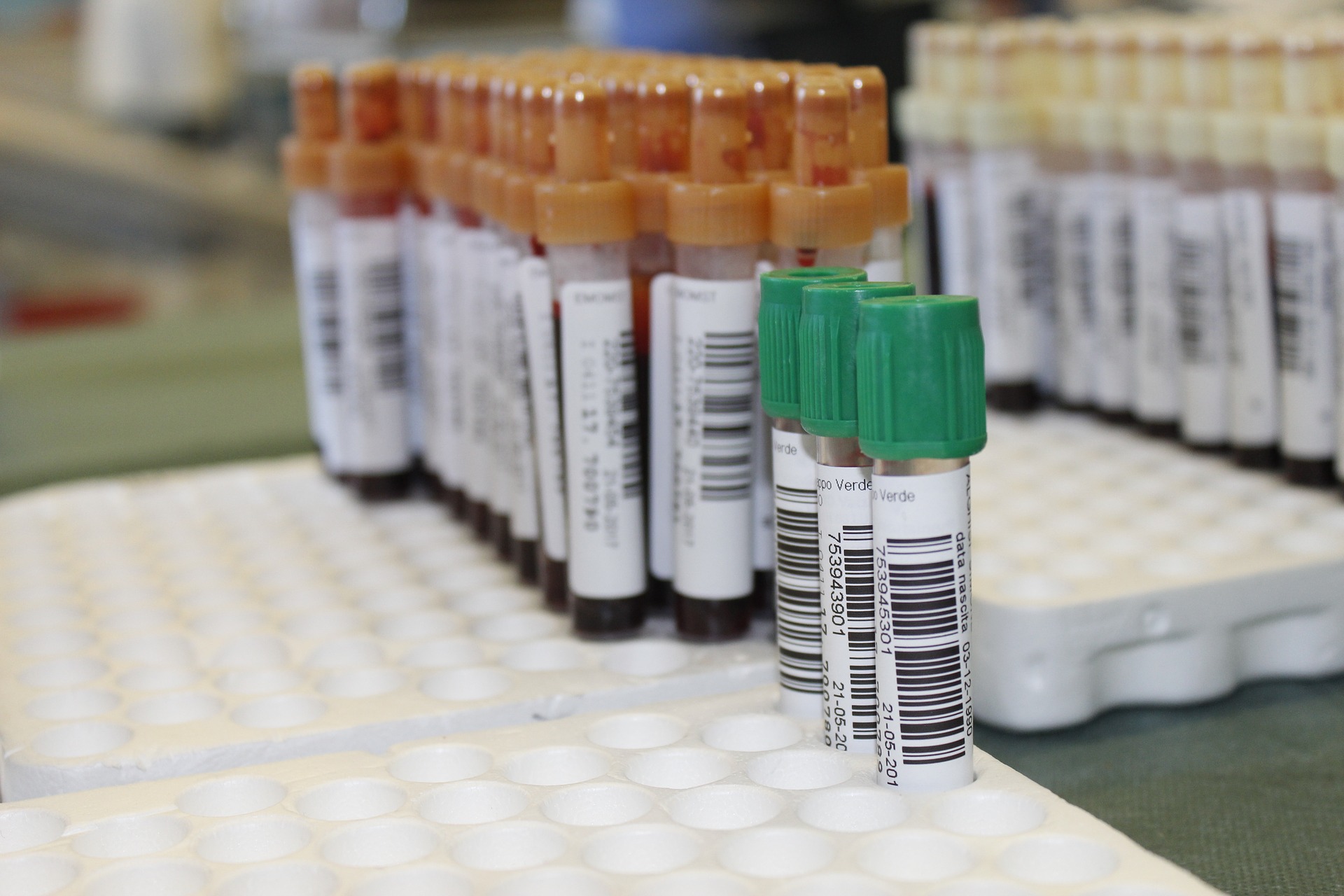Most Health Care Workers’ Uniforms Test Positive For Dangerous Pathogens!
Infections
A recent study published in the American Journal of Infection Control has found that sixty-percent of health workers’ uniforms sampled by researchers harbored dangerous pathogens which could cause pneumonia, bloodstream infections, and drug-resistant infections, among other potentially dangerous bacteria. The very people taking care of you are more likely than not to introduce you to a host of nasty pathogens!
While the study was careful to not to hastily connect the germy uniforms to actual patient infections, the response by practitioners and patients alike has been strong. Even seasoned medical professionals were shocked and appalled by the findings. Particularly being questioned is the practice of health workers wearing their uniforms out into public (wearing them to work, errands at the store, out on walks, smoking breaks, etc), essentially swabbing the environment of such pathogens and bringing them back directly to patients. Some commenters even remarked that they always knew this could be a problem, but what is being done about it?
The Association of periOperative Registered Nurses has especially taken a strong position seeking the creation of rules governing hospital workers’ attire in an effort to reduce pathogen exposure to patients as best as possible. Some hospitals, like the University of Rochester Medical Center, already instituted a policy prohibiting employees from wearing uniforms outside of the premises. While specific data from them is unavailable regarding their contamination rates, one would surely think it would be less than a hospital with no such restriction.
Certainly the main focus of preventing infection revolves around other contamination sources around patients, but the mere fact that such dangerous and potentially deadly pathogens reside on hospital employees’ clothing is quite disturbing. Shouldn’t more health care facilities institute uniform restrictions such as the Rochester? If it could potentially reduce the amount of dangerous germs on health care employees’ uniforms, and it is neither burdensome nor costly, why wouldn’t there be restrictions? Sure there might be more contaminated surfaces, but facilities have advanced so far already in sanitizing them, why can’t they tackle an easier enemy? What do you think?
